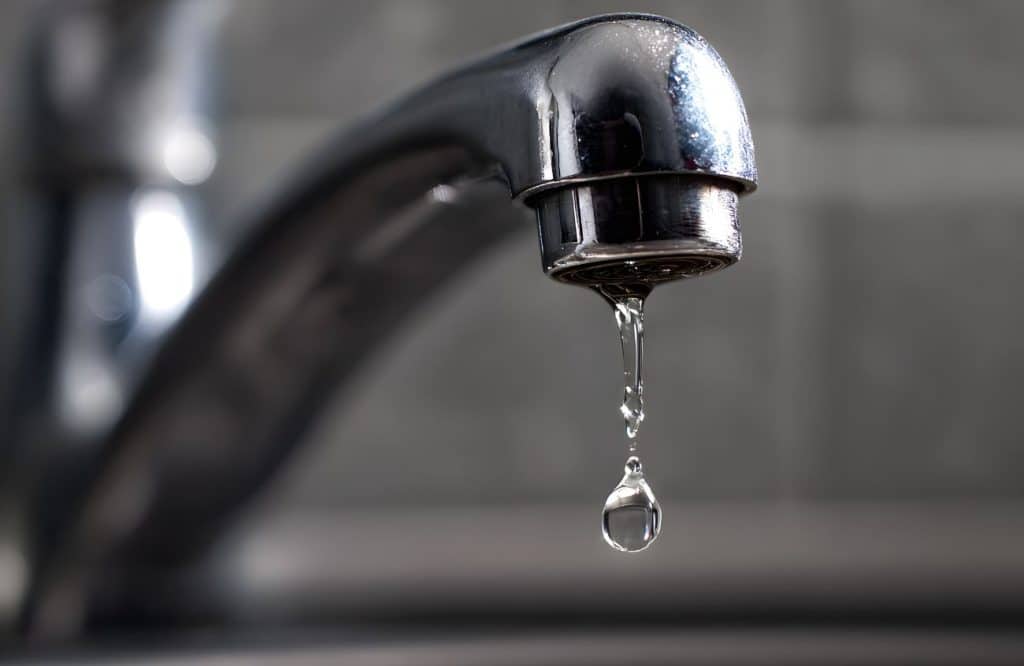What’s the point of a cross-connection control program? When you don’t know what’s connected to your water system, your water supply, and your community are at risk. A cross-connection control program seeks to fill those knowledge gaps and give you a clear picture of your system.
Roadblocks & Knowledge Gaps
Starting a cross-connection control program may seem like a daunting task—and, without the knowledge of what you need and the right resources, it can be. Public water systems juggle everything from customer needs and maintenance to system emergencies to administrative work and ongoing projects. With limited staff and plenty of responsibilities to go around, prioritizing a cross-connection control program can be a challenge.
Building an Effective Cross-Connection Control Plan
But staffing isn’t the only obstacle you face. Public water systems often struggle with:
- Regulations
- Limited enforcement at the state level
- A resistant water customer base
- Insufficient budget
- Lack of support from utility or city leaders
Any or all of these can stand in the way of program development. But these roadblocks aren’t impossible to overcome—and, to protect your system and your customers, you must.
Without a cross-connection control program, you don’t know what you don’t know. Untested backflow preventers, unprotected cross-connections, and potential hazards abound. In cross-connection control surveys across the United States, HydroCorp finds approximately 30% of service connections within a public water system non-compliant.
The most common hazards we identify include missing backflow prevention—on hose bibbs, boiler systems, process tanks, and more—as well as incorrect or improperly installed backflow prevention on irrigation and fire suppression systems. These hazards can’t be discovered unless someone is on-site, physically reviewing plumbing configurations and backflow preventer installation.
What do water department staff need to know to execute an effective cross-connection control program? See what essential knowledge and skills your team can benefit from: View the webinar on-demand now.
Developing Your Cross-Connection Control Program
What informs your cross-connection control program? There are three key sources that guide program development and execution:
- The state administrative code (the “why”)
- The state plumbing code (the “how”)
- Your local authority having jurisdiction
In most state administration codes, you’ll see language prohibiting unprotected cross-connections. That direction should drive the purpose, plan, and execution of your program. Many public water systems have backflow preventer test tracking programs, but they’re missing the critical aspect of cross-connection control: Detecting unprotected hazards. Without visual surveys, how can you know that your system is safe and protected with backflow preventers where they are required? How are you tracking the addition of new connections and backflow preventers? How do you know they are appropriately installed?
True cross-connection control—and, as a result, true compliance—goes beyond test tracking to facilitate a more complete understanding and documentation of your water system.
The Ordinance
A cross-connection control program starts with an ordinance that establishes the program and your utility’s authority to enforce its requirements. This doesn’t need to be a long or complex document: Many cross-connection control ordinances are no more than two pages. At minimum, your ordinance should:
- Prohibit cross-connections
- Establish a right of entry for surveys
- Establish an enforcement policy, procedure, and notification process
- Provide authority to discontinue water service until an identified hazard is corrected
- Refer to the state plumbing codes for backflow prevention
The Elements
Your program must address the unique needs of both your residential water customers and your non-residential water customers. An effective cross-connection control program includes:
- Public Awareness
- Notifications
- Testing and Inspections
- Corrective Actions
- Record Keeping
- Compliance
Just like in your ordinance, be sure to reference the plumbing code, using it to guide how you’ll determine, demonstrate, and judge compliance. Additionally, your cross-connection control program plan should spell out inspection and enforcement procedures.
A Note on Sanitary Surveys
EPA-mandated sanitary surveys, conducted by state officials, evaluate public water systems’ ability to provide their customers with safe drinking water. Depending on your state and type of system, these surveys have a minimum frequency of once every three years.
Sanitary surveys cover eight elements of a water system, including things like storage, pumps, reporting, and operations. But, for the purposes of your cross-connection control program, we’re concerned with their evaluation of the distribution system. Regardless of state enforcement (or the lack thereof), key questions may surface during your sanitary survey. Be prepared for questions at the most basic level, and to demonstrate your cross-connection control efforts and alignment with specific state regulations.
Prepare, Protect, Prevent
If you don’t have a cross-connection control program, start one. Even a bare bones program that addresses your highest risk service connections is a good first step. Conduct a budget analysis to identify all costs associated with your cross-connection control plan and explore additional funding sources like grants to make ends meet. First and foremost, emphasize on-site surveys to identify and correct cross-connections—the crux of any effective program.
Interested in learning more about how HydroCorp can support your system’s cross-connection control program efforts?


